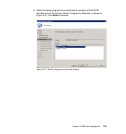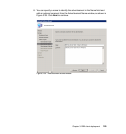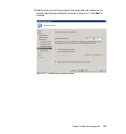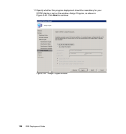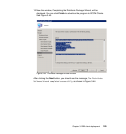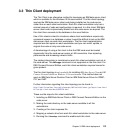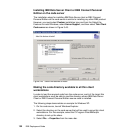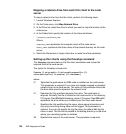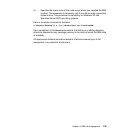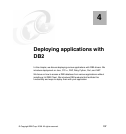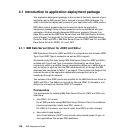Chapter 3. DB2 client deployment 131
3.3 Thin Client deployment
The Thin Client is an alternative method for leveraging an IBM data server client,
which is available for the Windows 32-bit environment. The thin client topology
involves the IBM data server client code being installed on the code server,
rather than on each client workstation. Each thin client workstation only has a
minimal amount of code and configuration is required. In a thin client, IBM data
server client code is dynamically loaded from the code server as required. The
thin client then connects to the database in the usual fashion.
Use of thin clients is ideal for situations where client workstations require only
occasional access to a database or when it would be difficult to set up the IBM
data server client on each client workstation. The thin client implementation
requires less disk space on each workstation and you can install, update, or
migrate the code on only one code server.
A disadvantage of using a thin client is that the DB2 code must be loaded
dynamically from the code server across a LAN connection, thus impacting
performance and increasing network traffic.
The catalog information is maintained on each thin client workstation and not at
the code server. The db2rspgn command is not supported on the thin client. For
DB2 Connect Personal Edition, each thin client workstation requires license for
given product.
The thin client topology is only available for installing IBM data Server Client or DB2
Connect Personal edition on Windows 32-bit environment. This method does not
apply to IBM Data Server Runtime Client or IBM Data Server Driver for ODBC,
CLI, and .NET.
Further information regarding thin client topology can be found in:
http://publib.boulder.ibm.com/infocenter/db2luw/v9r5/index.jsp?topic=/com.ibm.d
b2.luw.qb.client.doc/doc/c0007236.html
These are the steps for thin client installation:
1. Installing an IBM Data Server Client or DB2 Connect Personal Edition on the
code server.
2. Making the code directory on the code server available to all thin
workstations.
3. Creating a thin client response file.
4. Mapping a network drive from each thin client workstation to the code server.
5. Running the thnsetup command to enable each thin client.



